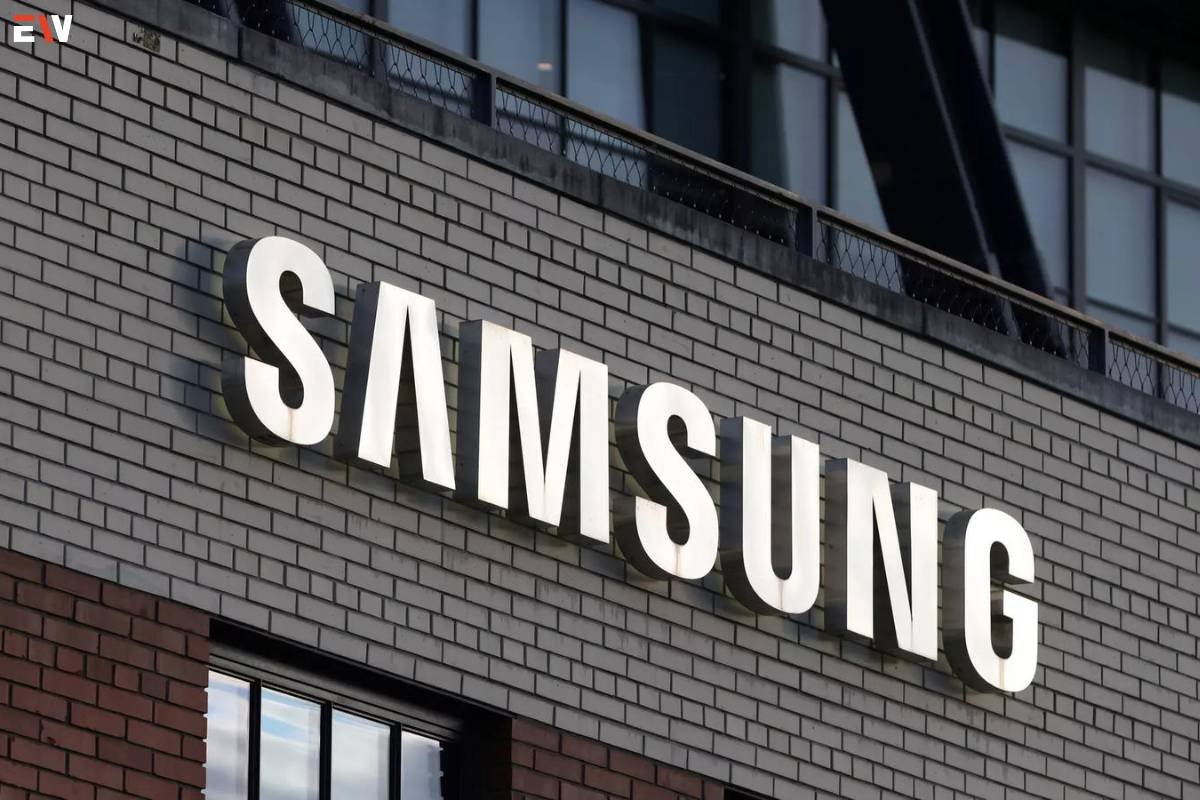Source- The Economic Times
Seoul, South Korea – Samsung Electronics Co., the global leader in memory-making, reported a fourth consecutive quarter of profit decline during the holiday quarter, as the eagerly awaited recovery in chip and electronics demand failed to meet expectations. The company disclosed that its net income plunged by 74% in the final three months of the year, totaling 6.02 trillion won ($4.5 billion). The decline was primarily attributed to the chip operations, which posted a loss of 2.18 trillion won, surpassing analysts’ projections.
Relief amidst the Challenging Quarter
Despite the challenging quarter, a tax credit of 2.82 trillion won provided some relief, almost doubling Samsung’s bottom line compared to analyst estimates. The company’s operating profit stood at 2.8 trillion won with sales reaching 67.8 trillion won, aligning with preliminary figures shared earlier this month. However, Samsung’s shares saw a 1.8% decline, underperforming both the broader Kospi and the MSCI Asia Pacific Index.
Samsung is currently striving to catch up with rival SK Hynix Inc. in the high-bandwidth memory (HBM) chip sector, crucial for Nvidia Corp.’s AI accelerators. Analysts point out that Samsung’s lag in HBM and its foundry business trailing behind TSMC contribute to its weak share performance.
Aiming to Enhance Competitiveness
The company acknowledged the challenges but expressed optimism about its HBM sales, noting a more than 40% increase in the December quarter. Samsung aims to enhance its competitiveness as a leading HBM supplier, with plans to introduce an upgraded version of HBM in the latter half of the year, driven by generative AI demand.
In terms of capital expenditure, Samsung reported spending 53.1 trillion won last year, with a significant portion, 48.4 trillion won, allocated to semiconductors, specifically focusing on advanced nodes. Samsung anticipates a return to profitability in its memory chip operations in the first quarter, boosted by the ongoing recovery in dynamic random-access memory (DRAM).
Industry Concerns
While SK Hynix experienced a 1.3% decline in shares, industry concerns were fueled by Advanced Micro Devices Inc.’s weaker-than-expected revenue forecast, raising apprehensions about a sporadic demand recovery and end-users delaying PC and server purchases.
Despite maintaining its dividend payout and a commitment to returning half of its free cash flow to shareholders, Samsung faces challenges in its foundry operations, currently struggling to recover in the current quarter.
Analysts suggest that Samsung’s latest figures cast doubt on a swift surge in semiconductor demand driven by the artificial intelligence boom. SK Hynix’s surprise profit earlier this month and TSMC’s positive outlook contributed to optimism in the industry, but lingering challenges in consumer electronics demand and limited AI-related chip supply persist.
As a key provider of components such as displays, camera sensors, and memory, Samsung remains directly impacted by global handset shipment fluctuations. The company anticipates growth in the premium smartphone segment this quarter, despite an overall decline in shipments due to seasonality.










